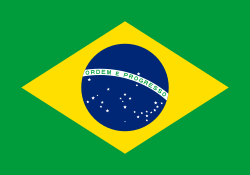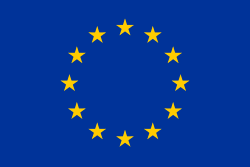Monacos Grand Prix 1998
| Datum | 24 maj 1998 |
|---|---|
| Bana | Circuit de Monaco |
| Sträcka | 78 × 3,367 = 262,626 km |
| Vinnare | Mika Häkkinen, McLaren-Mercedes |
| Pole position | Mika Häkkinen, McLaren-Mercedes |
| Snabbaste varv | Mika Häkkinen, McLaren-Mercedes, 1:22,948 |
Monacos Grand Prix 1998 var det sjätte av 16 lopp ingående i formel 1-VM 1998.
Rapport
Precis som vanligt blev det få omkörningar i Monaco men loppet 1998 var ändå väldigt spännande. Mika Häkkinen vann tävlingen, men hade knappast vunnit om inte jagande Giancarlo Fisichella med ett stopp mindre att göra inte snurrat av i Rascassekurvan. Fisichella kom ändå tvåa. Eddie Irvine kom trea, men det starkaste minnet från tävlingen är ändå den fantastiska duellen mellan Alexander Wurz och Michael Schumacher, tyvärr förlorade båda på det efteråt, i Wurz fall gick hjulupphängningen sönder och han kraschade.
Resultat
- Mika Häkkinen, McLaren-Mercedes, 10 poäng
- Giancarlo Fisichella, Benetton-Playlife, 6
- Eddie Irvine, Ferrari, 4
- Mika Salo, Arrows, 3
- Jacques Villeneuve, Williams-Mecachrome, 2
- Pedro Diniz, Arrows, 1
- Johnny Herbert, Sauber-Petronas
- Damon Hill, Jordan-Mugen Honda
- Shinji Nakano, Minardi-Ford
- Michael Schumacher, Ferrari
- Toranosuke Takagi, Tyrrell-Ford
- Jean Alesi, Sauber-Petronas (varv 72, växellåda)
Förare som bröt loppet
- Jarno Trulli, Prost-Peugeot (varv 56, växellåda)
- Olivier Panis, Prost-Peugeot (49, hjul)
- Ralf Schumacher, Jordan-Mugen Honda (44, upphängning)
- Alexander Wurz, Benetton-Playlife (42, snurrade av)
- Jan Magnussen, Stewart-Ford (30, upphängning)
- David Coulthard, McLaren-Mercedes (17, motor)
- Rubens Barrichello, Stewart-Ford (11, upphängning)
- Heinz-Harald Frentzen, Williams-Mecachrome (5, kollision)
- Esteban Tuero, Minardi-Ford (0, snurrade av)
Förare som ej kvalificerade sig
- Ricardo Rosset, Tyrrell-Ford
VM-ställning
Förarmästerskapet | Konstruktörsmästerskapet
|
| ||||||||
| |||||
Media som används på denna webbplats
The civil ensign and flag of Belgium. It is identical to Image:Flag of Belgium.svg except that it has a 2:3 ratio, instead of 13:15.
The Flag of Europe is the flag and emblem of the European Union (EU) and Council of Europe (CoE). It consists of a circle of 12 golden (yellow) stars on a blue background. It was created in 1955 by the CoE and adopted by the EU, then the European Communities, in the 1980s.
The CoE and EU are distinct in membership and nature. The CoE is a 47-member international organisation dealing with human rights and rule of law, while the EU is a quasi-federal union of 27 states focused on economic integration and political cooperation. Today, the flag is mostly associated with the latter.
It was the intention of the CoE that the flag should come to represent Europe as a whole, and since its adoption the membership of the CoE covers nearly the entire continent. This is why the EU adopted the same flag. The flag has been used to represent Europe in sporting events and as a pro-democracy banner outside the Union.
















